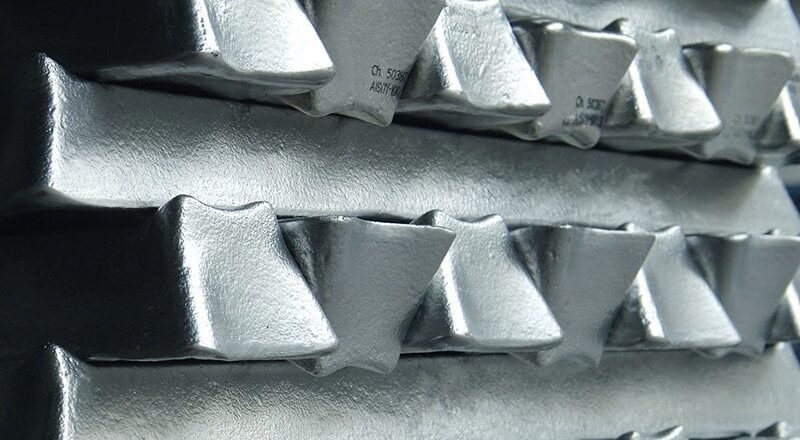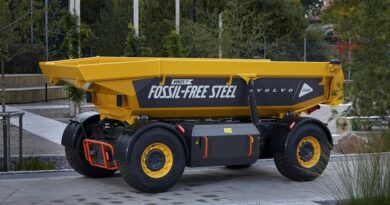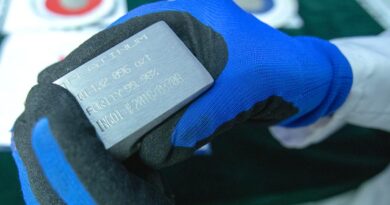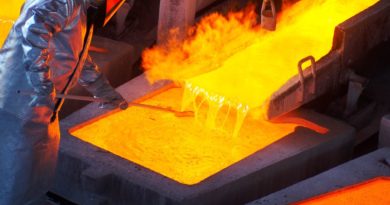Green Aluminium: Increased recycling, pushing CO2 reduction to limit
Hydro and Nemak have collaborated for more than two decades to deliver high-quality foundry alloy products to car manufacturers. Now, they are switching gears by using more recycled post-consumer scrap in the foundry alloy product portfolio.
The objective of the LOI is to utilize the full potential of aluminium as a low-carbon solution in casting components, such as engine and structural components for vehicles.
The LOI includes cooperation on research and development to bring forth the next generation of automotive alloys used in casting components. Hydro and Nemak share the decarbonization target of making net-zero products by 2050 or earlier.
Lightweighting solutions
For more than 40 years, there has been continuous growth in the use of aluminium in the automotive industry. This is due to its light weight, alloy strength, corrosion resistance and the metal’s processing possibilities.
“As the automotive industry accelerates toward sustainability, Nemak is at the forefront of delivering lightweighting solutions. Aluminium is one of the most effective ways to improve the energy efficiency of electric and hybrid vehicles, and through our collaboration with Hydro, we are enhancing our lightweighting solutions to drive sustainable mobility forward,” says Armando Tamez, Chief Executive Officer for Nemak.
Integrated value chain
Hydro’s integrated value chain, which spans from bauxite mining and alumina refining to energy generation, smelting, extrusion, and recycling, allows the company to offer low-carbon aluminium products with traceability and transparency in every step from mine to metal.
This is key to document emission cuts and reach Hydro’s target of 30 percent reduction in carbon emissions by 2030, driven largely by fuel switch and boiler electrification using renewable energy at the Alunorte alumina refinery in Brazil.




